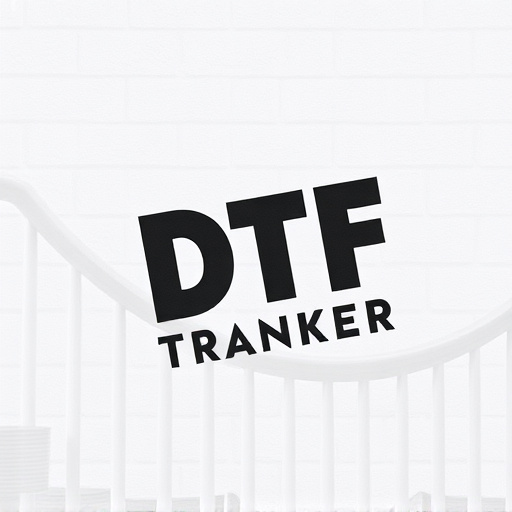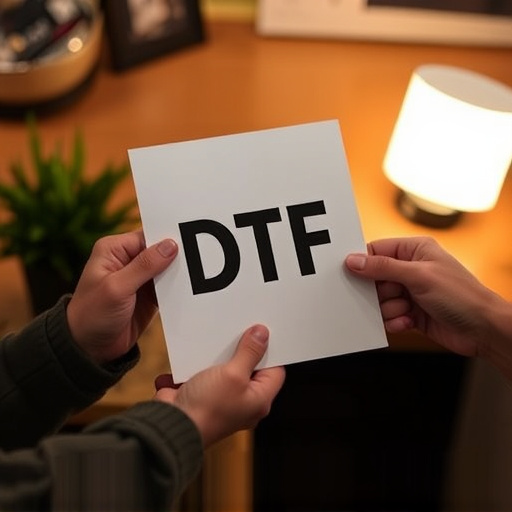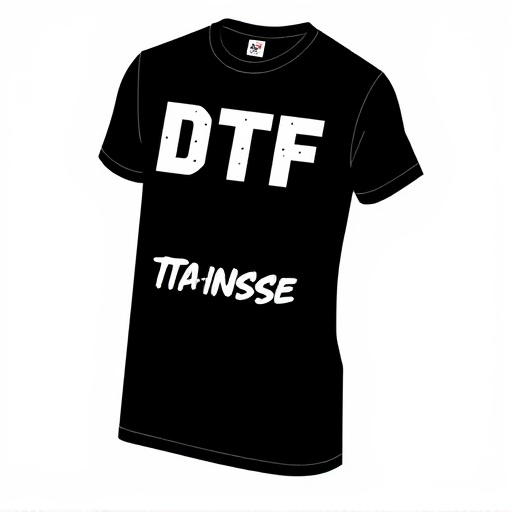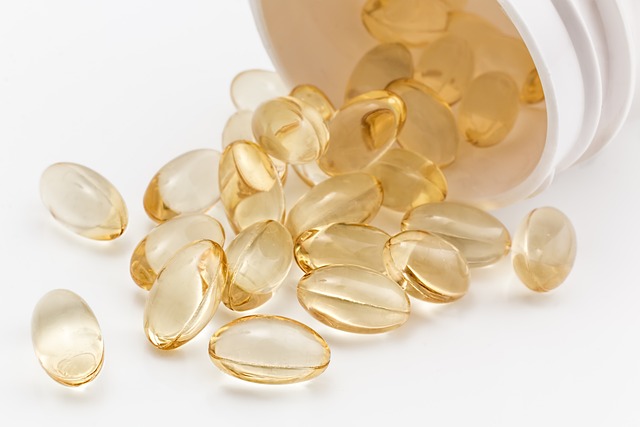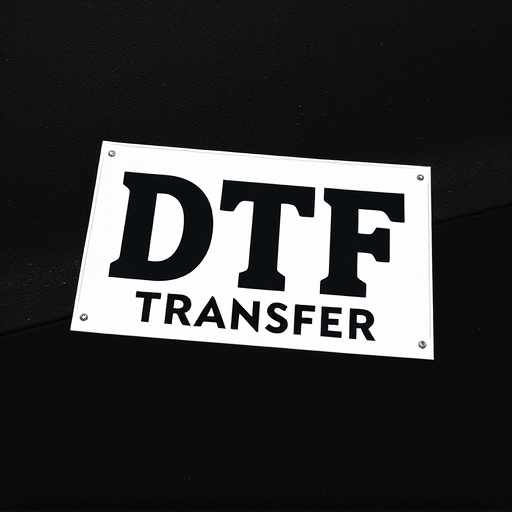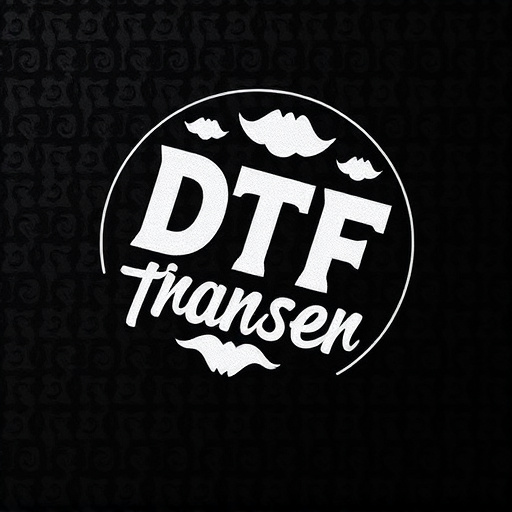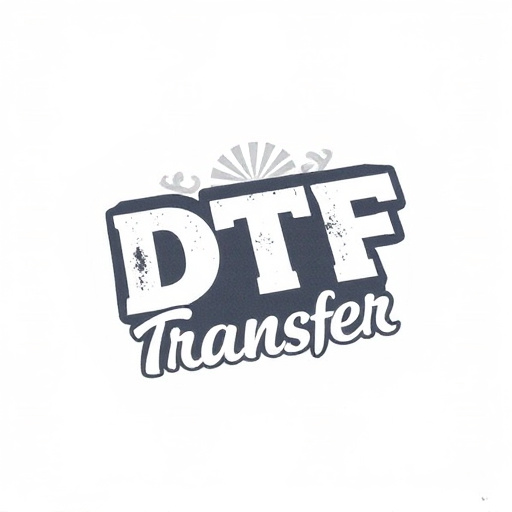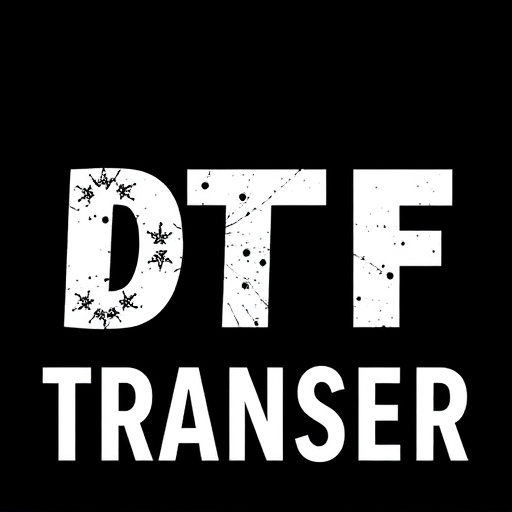Direct-to-fabric (DTF) transfer technology revolutionizes fabric printing by enabling vibrant, long-lasting prints on synthetic fabrics. Key factors for success include material compatibility with fabrics like polycotton blends and understanding fiber content to optimize print quality. DTF offers efficient solutions but faces challenges such as inconsistent color accuracy and smudging, which can be overcome through testing and using high-quality inks. It also presents an eco-friendly alternative to traditional fabric printing methods, reducing environmental impact. The future of DTF printing looks bright with advancements in ink technology, promising improved adhesion and vibrancy across various fabric applications.
Discover the world of DTF Transfer and its revolutionary role in fabric printing. This comprehensive guide explores compatibility information for synthetic fabrics, delving into the intricacies of materials, fiber content, and environmental considerations. Learn how to optimize DTF prints, navigate common challenges, and stay ahead with future trends shaping this dynamic technology. Uncover the secrets to achieving vibrant, durable DTF prints while ensuring sustainability in the fabric printing industry.
- Understanding DTF Transfer and Its Application in Fabric Printing
- Materials Compatibility for DTF Printing: A Comprehensive Guide
- Optimizing DTF Prints: Consideration of Fiber Content in Fabrics
- Common Challenges in DTF Transfer and How to Overcome Them
- Environmental Impact and Sustainable Practices in DTF Fabric Printing
- Future Trends: Evolving Compatibility Information for DTF Technologies
Understanding DTF Transfer and Its Application in Fabric Printing

Direct-to-fabric (DTF) transfer is a cutting-edge technology that has revolutionized fabric printing, offering unparalleled versatility and quality in synthetic fabric applications. This process involves transferring ink directly onto the fabric’s surface using heat and pressure, creating vibrant and long-lasting DTF prints. It is particularly popular among designers and manufacturers due to its ability to produce complex designs with fine details.
With DTF transfer, printers can achieve a wide range of effects, from sleek, minimalist designs to intricate, full-color patterns. This technique is ideal for custom clothing, home textiles, and promotional products, allowing for quick turnaround times and exceptional print quality on various fabric types. By embracing DTF Transfer technology, businesses can stay ahead in the market, offering unique and personalized DTF prints that cater to modern consumers’ demands.
Materials Compatibility for DTF Printing: A Comprehensive Guide
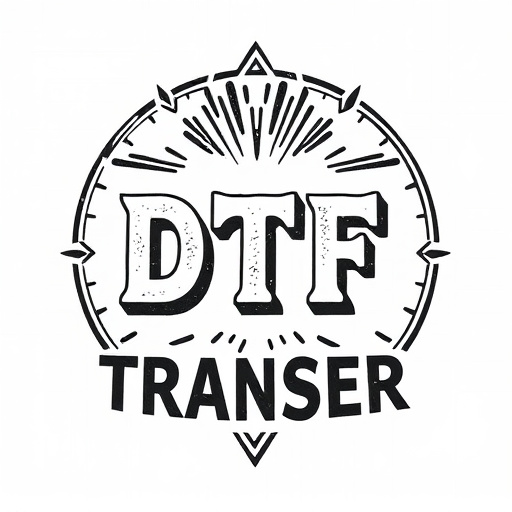
When it comes to DTF (Direct-to-Fabric) printing, understanding material compatibility is crucial for achieving high-quality DTF transfers and DTF prints. Not all fabrics are created equal, and certain materials will yield better results than others depending on their composition and structure. For instance, polycotton blends are popular choices due to their versatility and ability to absorb inks effectively.
A comprehensive guide to DTF printing compatibility should cover various aspects such as fabric weight, finish (smooth vs textured), and porosity. Heavier fabrics tend to provide a more stable base for printing, while smoother finishes allow ink to adhere better. Porous materials like canvas or certain types of mesh offer excellent ink absorption, resulting in vibrant DTF prints. Conversely, non-porous surfaces like heavily coated or plastic fabrics can be challenging and may require specific preparation methods to ensure successful DTF transfer application.
Optimizing DTF Prints: Consideration of Fiber Content in Fabrics
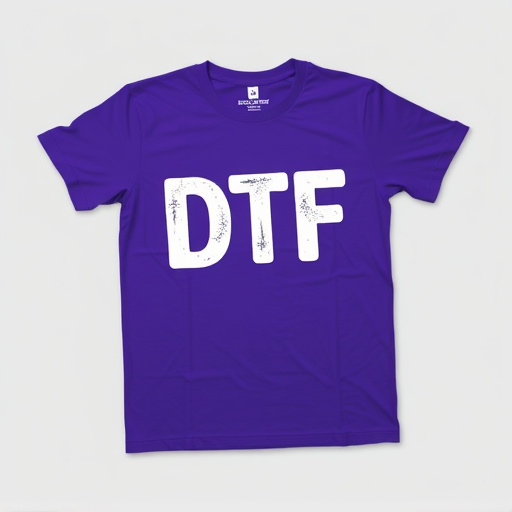
When optimizing Direct to Fabric (DTF) prints, understanding the fiber content in your fabrics is crucial. Different fibers have unique characteristics that affect how well they receive and retain DTF transfers. For instance, synthetic fibers like polyester and nylon tend to be more porous, allowing for better ink absorption during DTF printing. On the other hand, natural fibers such as cotton or linen have a smoother surface, which can lead to varying print quality depending on the specific DTF technique used.
To achieve optimal DTF prints, consider the fiber content mix of your fabric. Blends of synthetic and natural fibers may require special consideration due to their differing properties. Adjusting printing techniques, ink types, and press settings based on the fabric composition will ensure high-quality, vibrant DTF prints that pop with color and durability.
Common Challenges in DTF Transfer and How to Overcome Them
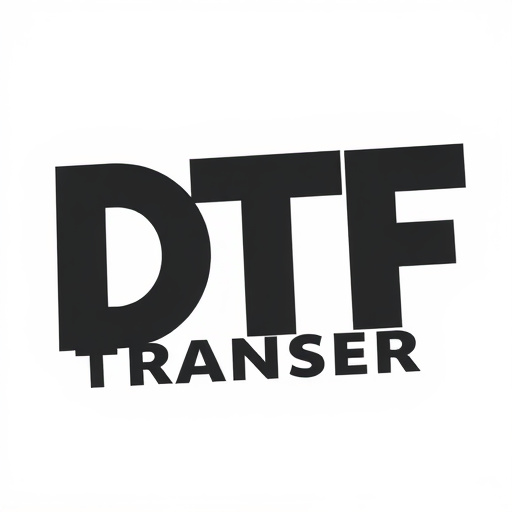
The Direct to Fabric (DTF) transfer process, while offering versatile and efficient printing solutions for synthetic fabrics, isn’t without its challenges. One common hurdle is achieving consistent color accuracy across various fabric types and brands. Different fabrics have unique properties that can affect ink absorption, leading to variations in print quality. To overcome this, printers should conduct thorough testing with samples from each batch of fabric to establish optimal printing parameters.
Another challenge lies in the potential for smudging or bleeding during the drying process, especially with delicate synthetic fibers. This issue can be mitigated by using high-quality inks and coatings designed specifically for DTF printing, ensuring proper heat settings on presses, and allowing adequate drying time before handling the printed fabric to prevent any post-print imperfections.
Environmental Impact and Sustainable Practices in DTF Fabric Printing
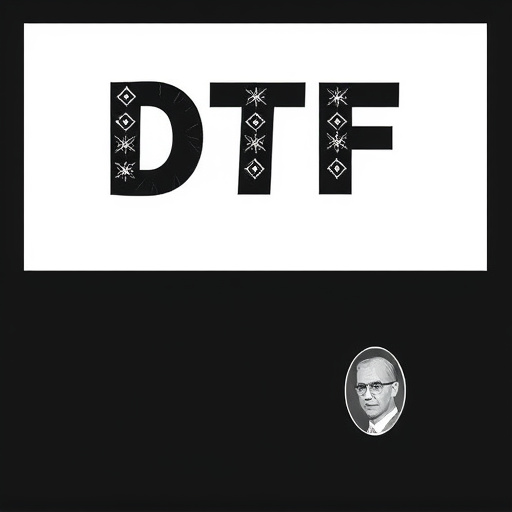
The environmental impact of synthetic fabric applications, particularly in DTF (Direct to Fabric) Transfer printing, has become a growing area of interest for both manufacturers and consumers alike. Traditional printing methods often rely on harmful chemicals and inks, contributing to pollution and waste. However, DTF Printing offers a more sustainable alternative by eliminating the need for these toxic substances. This eco-friendly approach reduces the carbon footprint associated with fabric production and disposal.
Adopting sustainable practices in DTF is not just an ethical choice but also a strategic one. Many modern consumers are environmentally conscious, preferring products that align with their values. By embracing green initiatives, manufacturers can appeal to this demographic, enhancing brand reputation and fostering long-term customer loyalty. Moreover, the use of recycled materials and sustainable inks in DTF Prints ensures a more responsible production process, contributing to a greener future for the fashion industry.
Future Trends: Evolving Compatibility Information for DTF Technologies

The future of DTF (Direct to Fabric) technologies looks bright and innovative, with a growing emphasis on compatibility and versatility in fabric applications. As the demand for customizable, high-quality prints continues to rise, especially within the apparel and textiles industry, DTF printing is poised to revolutionize the way we approach fabric decoration. Future trends indicate an evolution in compatibility information, ensuring that DTF transfer techniques become more accessible and adaptable to a wide range of synthetic fabrics.
This shift will be driven by advancements in ink formulations and printhead technologies, allowing for enhanced adhesion and color vibrancy across different fabric types. Manufacturers are expected to provide comprehensive guidelines on suitable fabrics, print settings, and pretreatment methods, making it easier for designers and businesses to explore the capabilities of DTF Printing. By offering detailed compatibility information, they will empower users to achieve exceptional DTF prints, from intricate designs on polyesters to subtle patterns on cotton blends.
